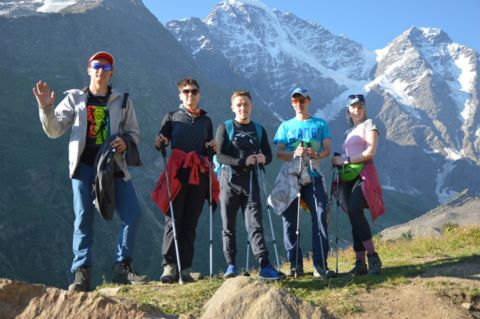In the beginning of July, students and academic staff of South Ural State University went on an expedition to Elbrus, that is the highest mountain in Russia. The height of the mountain peak reaches 5642 metres above sea level. Ivan Iliin, Deputy Dean of the Faculty of Materials Science and Metallurgy Engineering of the SUSU Institute of Engineering and Technology spoke about the challenges of the ascent and the most vivid impressions.
– What were the arrangements for the trip?
- We decided to conquer the highest point in Russia and Europe. This became an excellent challenge for us: to understand whether it is difficult to overcome our fears, since the ascent is very difficult, and it takes about seven days. We started preparing about one year before the departure. Our responsibilities were divided: drawing up a route and accommodation plan, thinking through a set of products, and preparing a list of popular places to visit. We also needed to plan a set of clothes and shoes, since there is no snow up to an altitude of 3200 meters, and after this point snow starts to drift. We got there separately: someone by plane, someone by car. However, we started the journey together.
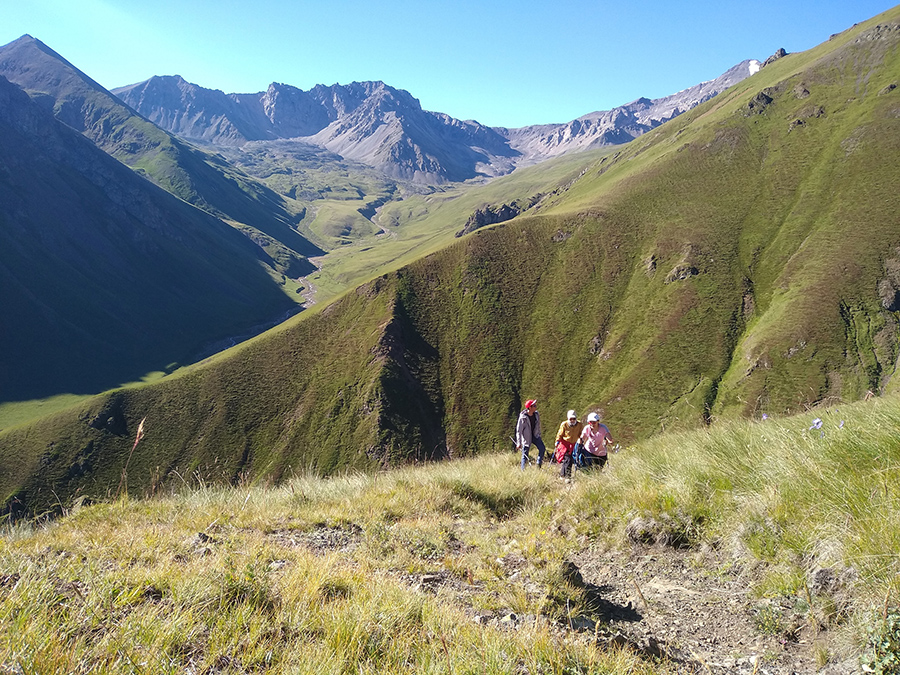
- How did the ascent begin?
- According to the rules, before climbing Elbrus, participants first need to visit the neighbouring Cheget Mountain. The first acclimatization takes place on the mountain, the height of which is 3400 metres. You can climb to the top both on foot and by lift. Our team woke up at 4 am and went on foot. We immediately set the goal of not only to walk, but also to wake up early. It was required in order to prepare the body for the last stage of the ascent, which began at 12 o'clock at night. After descending from the Mount Cheget, we went to the Devichi Kosi waterfall in order to plunge into the glacial water and take pictures. The next day we began our ascent to Elbrus, where the so-called "barrels" were the first station. There we left our things and climbed 500 metres up for acclimatization, so that the next day we would feel better. By the way, the temperature on the mountain is different: the maximum is 30 degrees Celsius above zero, and the minimum drops to 5 degrees Celsius above zero. At the highest altitude it was even 25 degrees Celsius below zero, and due to the weather conditions, not everyone wanted to go to the top.
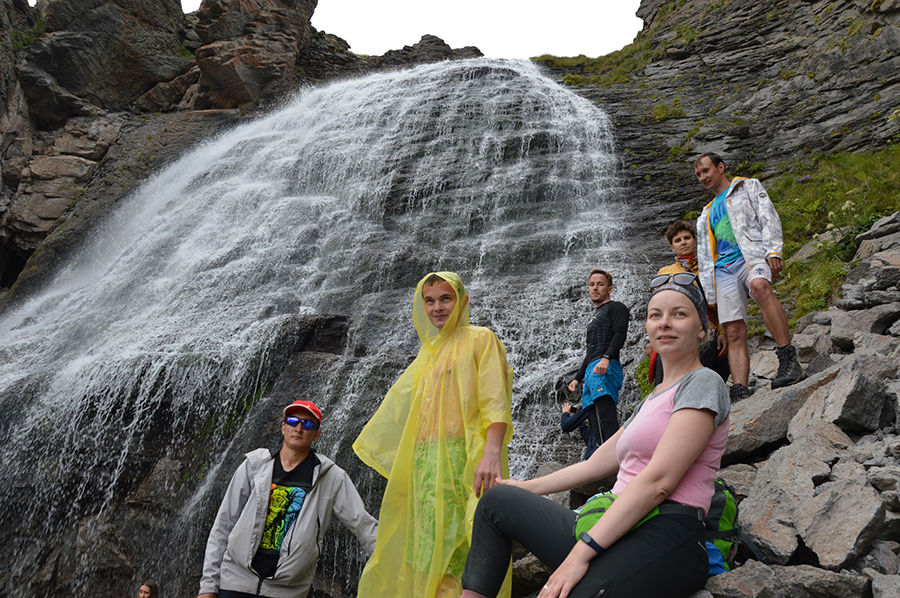
- How does the body get acclimated to different heights?
- First, you get in good mood and feel joyful, you involuntarily begin to laugh at everything. Then apathy and indifference appear, and a headache accompanies those. Considering all this, you should not climb more than 500 metres per day. Then acclimatization can be done painlessly. In our team, almost no one had a headache, but those who had not been prepared had laboured breathing.
- What was the most memorable stage?
- The last one was, the climbing to the top. As I said earlier, we needed to get up at 12 o'clock in the morning and start the journey. A long road and a narrow path where only one person could pass were ahead. It was impossible to stop and rest on that narrow path, because a stream of hundreds of people began to turn into a queue. There were also those who developed altitude sickness, they felt unwell and disorientated in space, they stopped and could not do anything. Such people needed to be encouraged and bypassed or carefully taken off the trail to provide assistance to, which was what the instructors did. Having reached 5000 metres, we saw a man who was lying unconscious, he was most likely not prepared for the pressure drops in the atmosphere. The instructors helped him to be put into a sleeping bag and called a snowmobile to transport him back to camp.
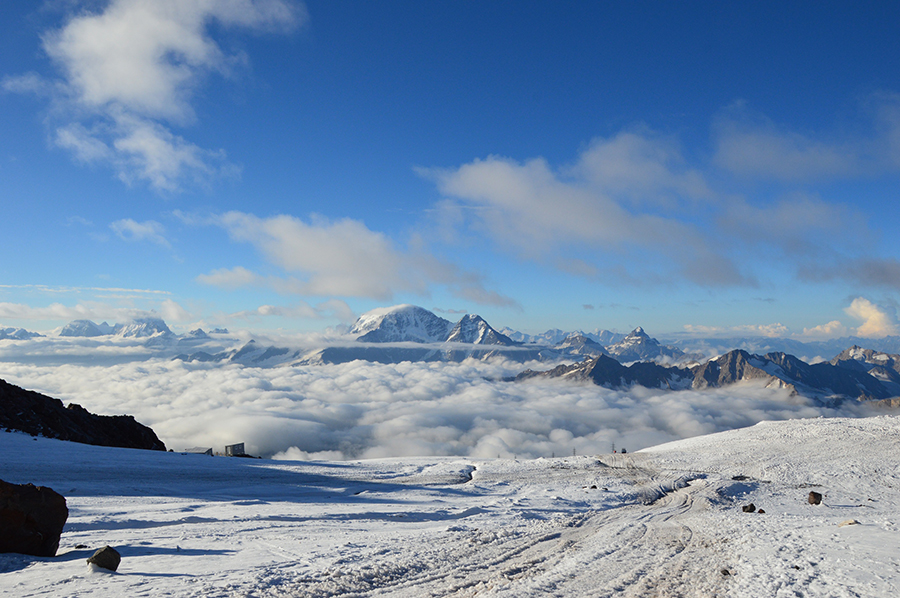
- What interesting places did you manage to visit during the trip?
- A few days before the ascent, we had walked with backpacks along the Elbrus region (balneoclimatic resort area in Kabardino-Balkaria, the Central Caucasus region - editor's note): we took a look at the Caucasus Mountains, “alpine” meadows, saw many cows and horses. We left the Upper Baksan and reached the springs of Narzan, where people restore their energy. There were hot springs where you could swim and drink healing water. After the routines, we decided to have a bite to eat at a nearby cafe, but it turned out that they were all closed. Then one Balkarian pointed us to some houses and said that we could be fed in any of them. Having decided that there are shops there, we came to one of the houses, where a woman, Aunt Asia, met us and fed us homemade food. She did not take any payment from us and said that we could always go to the house of the Balkars, where they would definitely feed us bread and milk. That meeting was very sincere and memorable, and the local people left only pleasant impressions.
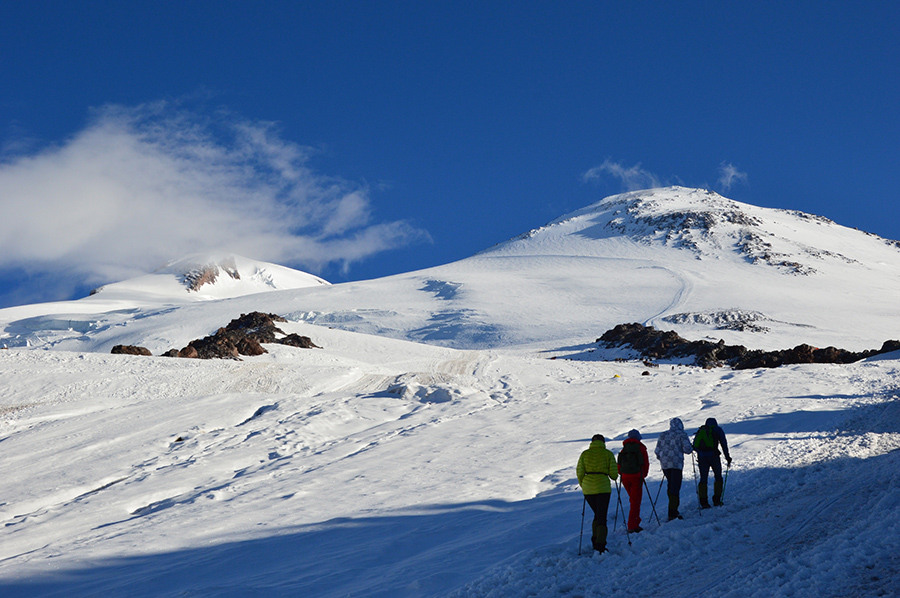
– Why did not everyone manage to reach the peak of Elbrus?
- From our team, only a postgraduate student of the Department of Welding Engineering of the Institute of Engineering and Technology Danil Karimov and a graduate of the School of Electronic Engineering and Computer Science Anastasia Kiseleva reached the top. They entered the last stage an hour and a half earlier, together with a team from Yekaterinburg. They had a clear goal of getting to the top by all means. The rest of our team members were less determined, so they decided that we would rise to the height that we could master. We climbed to a height of 5000 metres by 7 a.m., and we still had about 600 metres to climb, which was another four hours' journey. The ascent was complicated by a strong snowy wind, the speed of which reached 35 km/h. We wasted a lot of energy just to fight the wind and not fall anywhere. Having reached an altitude of 5100 metres, we decided to complete our ascent and return back to the opening.
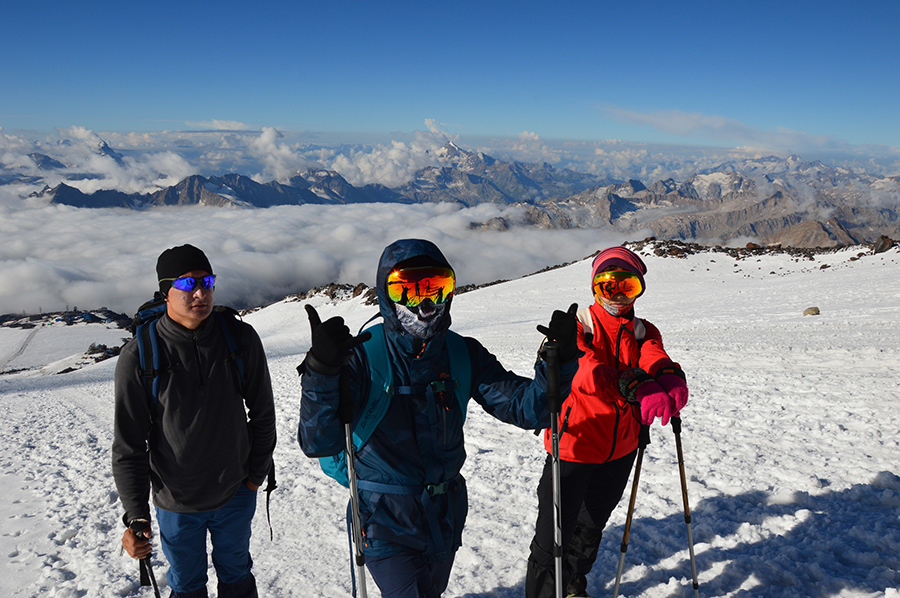
– What are your impressions after the ascent to Elbrus?
- I think that any person should try to climb there at least once in his/her life. Even if you have never climbed, such a trip is a great incentive to get to know yourself and your capabilities, to escape from the routine and meet new people. After such an ascent, I want to conquer new heights!
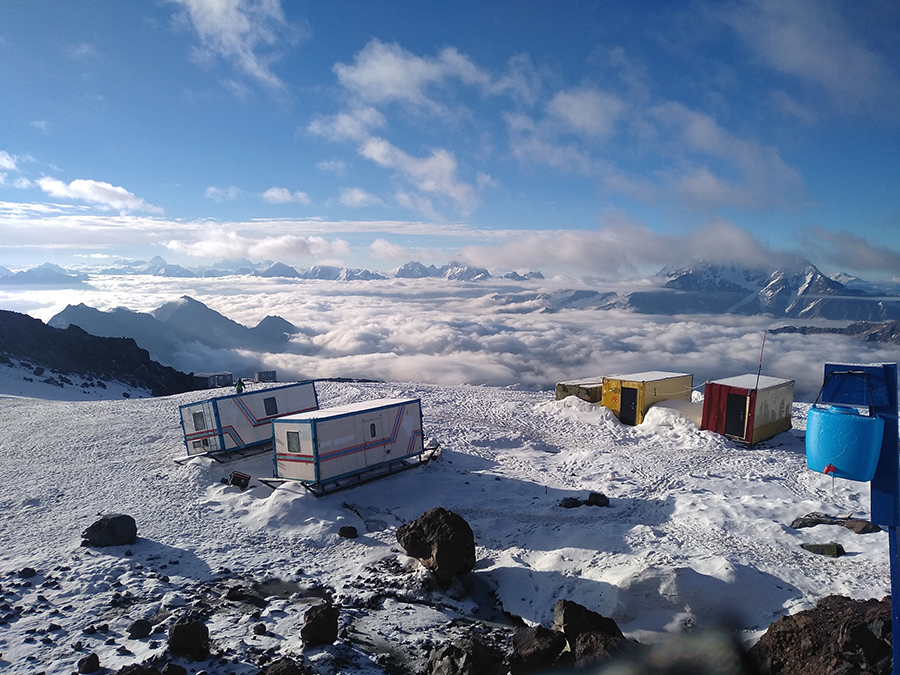
Danil Karimov managed to complete the ascent to Elbrus. The postgraduate student of the Institute of Engineering and Technology shared his impressions:
- The main factor that we did climb Elbrus was the competent approach to acclimatization. A well-passed acclimatization is 50% of success, another 50% is motivation. Of course, if the weather is bad, the chances of climbing are extremely low. In our case, the weather was clear, but a strong wind of 35 km/h was very disturbing: the snow crumb slowed down our actions a lot, practically everyone's hands and feet began to freeze. But when you're emotionally charged and sharing your energy with the group, it's easier to walk. Having reached the so-called "saddle" on Elbrus, there was no doubt about conquering the peak, we had to go through the last section. The sun came out, and the wind did not interfere so much, it became a little warmer. Having reached the top, an unimaginable view opened up in front of us, on the one side there was the main Caucasian ridge, on the other there was the entire territory of the North Caucasus, the view of which was breathtaking. This is what you should go to Elbrus for. The feeling that you have finally conquered the long-awaited peak did not overwhelm at first. This is due to the fact that there is little oxygen at the altitude, and the strength is already running out, and you also need to go down. After taking a few photos and having a rest, we started the descent. The realization that you have conquered Elbrus comes to you at the bottom, in the Azau opening, when the body has made up for the lack of oxygen. We reviewed the photos and could not believe our eyes, that it really happened to us!




